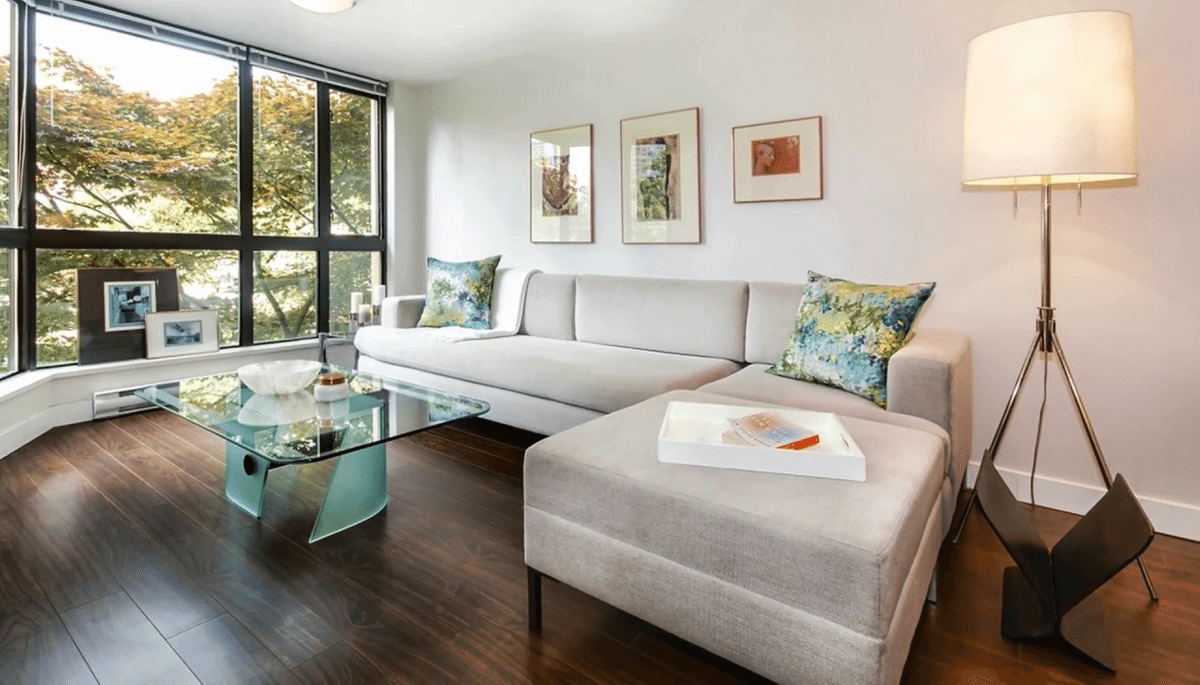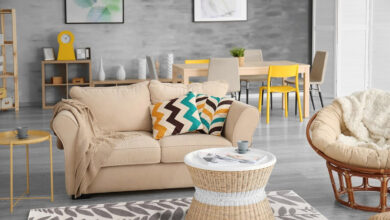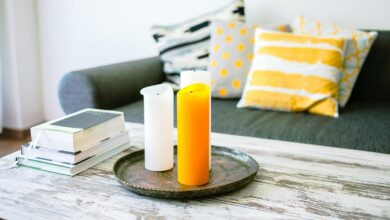
7 Lighting Design Tips for Making a Small Apartment Feel Bigger
- #1 - The position of lamps
- #2 - Track lighting
- #3 - Recessed lighting
- #4 - Use professional aid
- #5 - Maximized natural light
- #6 - Wall colouring
- #7 - Combination light
Architects and interior designers know a bagful of tricks for making a small space look bigger. From storage space built into furniture to huge mirrors on the walls or even optical illusions like patterned rugs on the floor.
However, one of the most formidable ‘space-enlarging’ techniques is the use of lighting. While we can’t physically stretch a room to make it bigger, we can use mirrors to reflect light and to make it appear more spacious.
Here are the most effective ways to do it:
#1 – The position of lamps
The position of individual lighting sources has an important role in defining the room’s structure.
By putting lamps in the right position, you can’t only improve the space and the lighting scheme, but also bring forward the brilliance behind the room’s architecture.
For example, by placing vertical floor lamps or small table lamps in the corners you can achieve a soothing effect which also maximizes the available space.
Corners are perfect spots for many light sources, as light is reflected by two perpendicular walls, emphasizing their surface.
#2 – Track lighting
Track lighting is nowadays used by many interior design professionals instead of free-standing lamps, especially in boutique apartments.
This type of lighting is evolving constantly, with many variants available. These lights fit smaller spaces better than once popular large tracks with huge lights.
A wall painted in a shade of white combined with good linear illumination can help visually extend any room, and is most effective in corridors and lobbies. Track lights can be even combined with wall fixtures for a more modern and stylizes interior design with a ton of versatility.
#3 – Recessed lighting
Another technique that can change the room’s size visually relies on varying the amount and direction of light reflected from walls, ceiling, and floor, as well as its brightness.
A popular solution for small spaces is the use of recessed lighting. It can add beautiful accents to your designs, and make small living spaces look larger, especially when combined with modern wall lights and recessed floor lights.
#4 – Use professional aid
Knowledgeable and expertly installed lighting in a home can make the rooms come to life, and the only way to do it is to hire an electrician who is a light installation specialist and who can turn your creativity into reality.
On the other hand, going with a professional has safety benefits to it. Apart from making your space look bigger, a lighting specialist can help you illuminate your home in a manner that matches its architectural and interior design features.
#5 – Maximized natural light
A flood of natural light making its way through large windows is a potential space enhancer, so it’s best not to obstruct its path with unnecessary solid surfaces and pieces of furniture.
Partition walls and screens should come down, while the curtains should be chosen carefully, the lighter the better, while rails long enough to leave the window space clear when the curtains are pulled apart.
#6 – Wall colouring
Not all space-improving tips are related strictly to lighting sources.
In many ways, you can alter how light reflects off the surfaces by matching wall colour contrasts and curtains.
White and blue colours and their combinations are known for producing a soothing effect that promotes brightness to make a small space look bigger.
Textured walls can also improve the look of your room, while also providing additional surfaces for scattering colour and light around the room. Mirrors have been used for visual extension of interior spaces for centuries, and they are especially effective when placed on well illuminated and white walls. Mirrors.
Like other glossy and glass surfaces reflect the light making the room look larger than it is.
#7 – Combination light
An arrangement that includes a central light fixture and a pair of table lights is excellent for a room where two opposite walls are available for light fixtures.
The central ceiling pendant is the decorative piece which illuminates most of the room, while the short-range lights nearer the edges accent the lighting scheme.
For high ceilings, a chandelier or a pendant would be great, but if not much headroom is available, you can use a semi-flush light close to the ceiling.
These seven simple lighting tips can help you remodel your living space and make it more spacious while losing neither style nor charm, visually expanding it through pure optical illusion.






